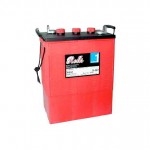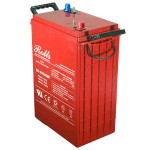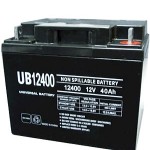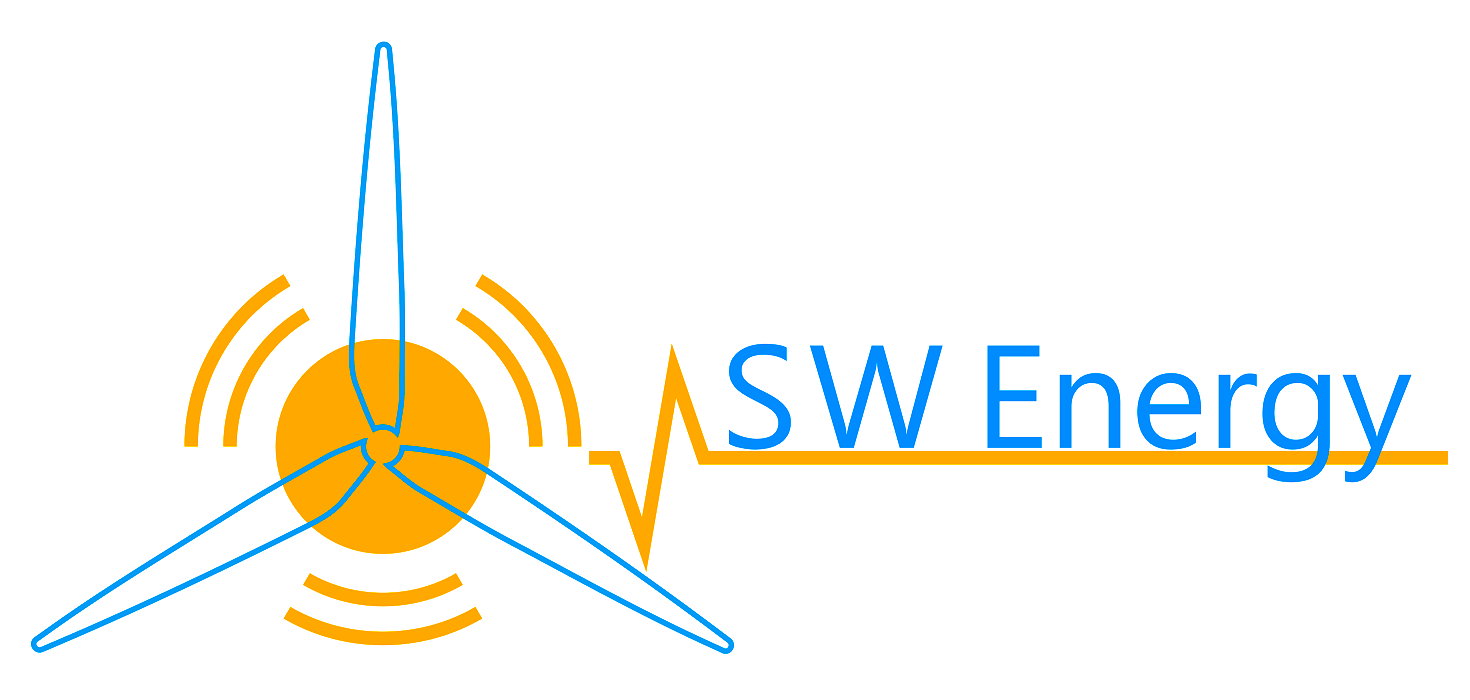Batteries are chemical energy storage devices, a valuable component of a remote renewable energy system. Choosing the correct battery is probably the most important component of your remote power system.
All batteries are built to have a life span when they are first purchase. If a battery is not cycle charged properly they may continue to operate but with low performance levels and have an early retirement with a failure that can be costly.
Batteries are the reservoir of stored energy for your power system, the right battery type and size is very important to ensure your system performs properly and that the systems life expectancy is maximized.
Solar cell batteries and cycling batteries can be arranged as wet cells or sealed battery types and both of these are recommended for renewable energy powered systems. They are designed to tolerate repeated cycles of discharge and recharge without damage.
A lead acid battery consists of plates, lead, and lead oxide (there are also various other elements that are used to change the densities, hardness, porosity) with a roughly 35% sulfuric acid and 65% water solution. This solution is called electrolyte, which causes a chemical reaction that produce electrons. When you test a wet cell battery with a hydrometer or a sealed battery with a load test or capacity meter, you are measuring the amount of sulfuric acid in the electrolyte. If your reading is low, that means the chemistry that makes electrons flow from the electrolyte to the plates are lacking. Why is this? The sulfur is still within the battery only it has attached itself to the plate walls, when you recharge the battery, the sulfur returns to the electrolyte creating a ready to go cycle for a full battery.
The size of your battery bank depends on the size of your loads and the charging systems. There are many types of cycling batteries, voltages, sizing and configuration all playing a role in a systems performance.
SW Energy has a line of batteries to build an energy system to meet your needs.
PRODUCT CATALOGUE
 Lead-acid (Wet Cell) batteries are usually not sealed so that the electrolyte can be replenished because of venting during charging and discharging cycles. SW Energy carries many models of Wet Cell batteries which are the recommended battery for renewable energy.
Lead-acid (Wet Cell) batteries are usually not sealed so that the electrolyte can be replenished because of venting during charging and discharging cycles. SW Energy carries many models of Wet Cell batteries which are the recommended battery for renewable energy.
Series 4000
| Model | Warranty | Length | Width | Height | Weight (wet) |
| S-290 | 7 Years | 10 3/16 in.
25.47 cm |
7 1/8 in
17.81 cm |
11 in
27.50 cm |
68 lbs
48.99 kg |
| S-330 | 7 Years | 10 3/16 in.25.47 cm | 7 1/8 in
17.81 cm |
11 2/5 in
29.04 cm |
79 lbs
36 kg |
| S-480 | 7 Years | 12 ½ in.
31.75 cm |
7 1/8 in
18.10 cm |
16 ¾ in
42.55 cm |
113 lbs
53.07 kg |
| S-550 | 7 Years | 12 ½ in.
31.75 cm |
7 1/8 in
18.10 cm |
16 ¾ in
42.55 cm |
123 lbs
55.34 kg |
Series 5000
| Model | Warranty | Length | Width | Height | Weight (wet) |
| 2KS-33P | 10 years | 15 7/16 in39.21 cm |
8 5/16 in21.11 cm |
24 13/16 in63.02 cm |
208 lbs94.35 kg |
| 4CS-17P | 10 years | 14 3/8 in36.51 cm |
8 ¼ in21.00 cm |
18 ¼ in46.40 cm |
128 lbs58.06 kg |
| 4KS-25P | 10 years | 15 ¾ in40.00 cm |
10 5/8 in27.00 cm |
24 ¾ in62.90 cm |
315 lbs142.88 kg |
AGM Batteries
 Absorption Glass Mat (AGM) sealed batteries are defined as Non Hazardous & Non-Spillable by (DOT) Department of Transportation, IATA ( International Airline Association), and ICAO (International Civil Aviation Organization).
Absorption Glass Mat (AGM) sealed batteries are defined as Non Hazardous & Non-Spillable by (DOT) Department of Transportation, IATA ( International Airline Association), and ICAO (International Civil Aviation Organization).
These batteries are lead-acid and of the same battery chemistry but the electrolyte is stabilized differently. The electrolyte is suspended in fibreglass mat separators which act as absorbent sponges.
Please see our catalogue for more information.
- S2-590 AGM (pdf)
- S6-460 AGM (pdf)
- S12-128 AGM (pdf)
- S6-370 AGM (pdf)
- S2-945 AGM (pdf)
- S12-230 AGM (pdf)
Universal Batteries
 SW Energy offers Universal Batteries that have outstanding performance, withstanding high current output and deep cycling. The universal battery is “sealed” or in simpler terms, it is maintenance free and is considered non-spillable, meaning you will not have to worry about battery acid spilling on you or your property in the event that it breaks.
SW Energy offers Universal Batteries that have outstanding performance, withstanding high current output and deep cycling. The universal battery is “sealed” or in simpler terms, it is maintenance free and is considered non-spillable, meaning you will not have to worry about battery acid spilling on you or your property in the event that it breaks.
We also offer specialty batteries. See our catalogue for specifications for Universal Batteries.
